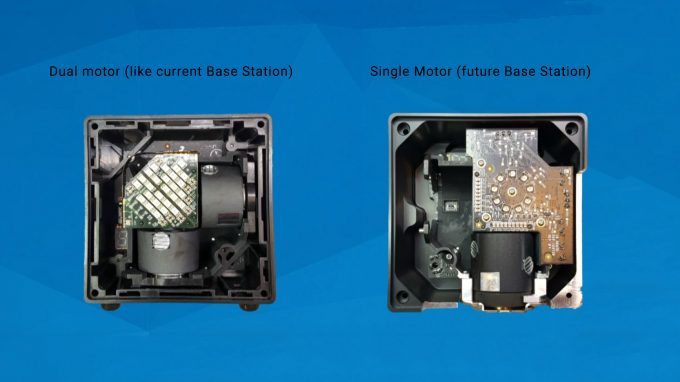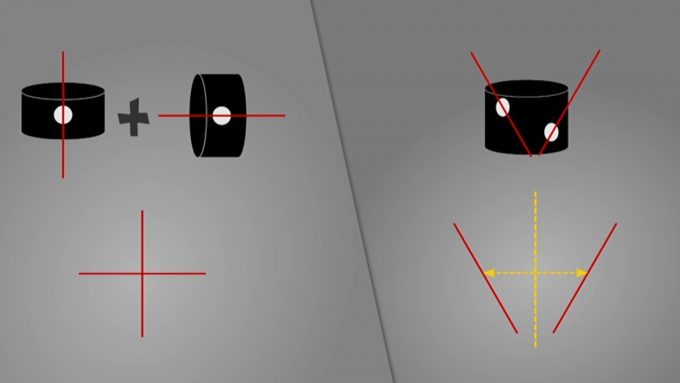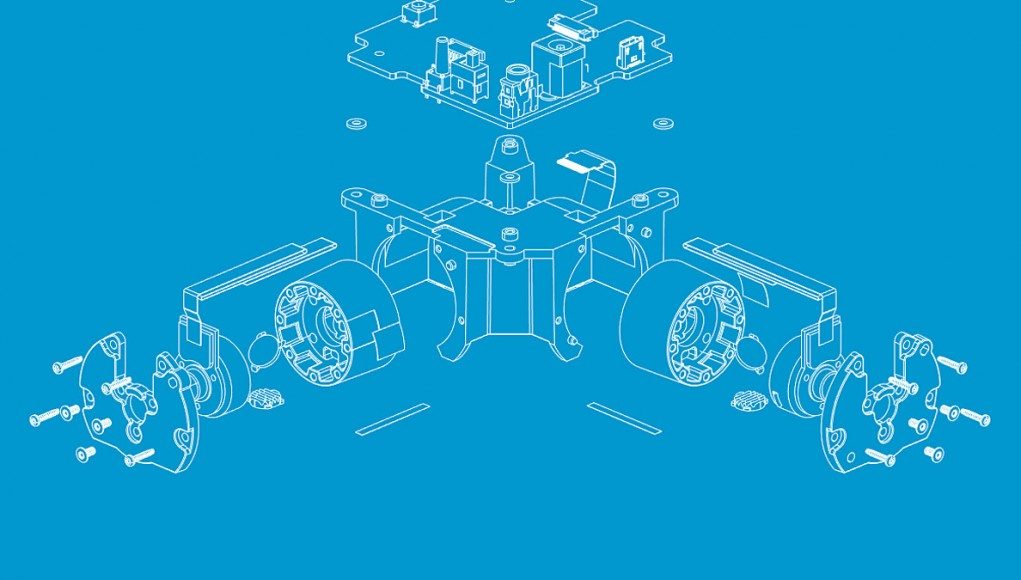Late last year at Steam Dev Days, Valve talked about a new and improved design for the SteamVR Tracking / Lighthouse base stations, a core component of the Vive’s tracking technology. Now the company says it plans to launch the new version later this year.
During a Valve Q&A session on Reddit, Valve’s Joe Ludwig, who has been closely involved with the company’s VR efforts, confirmed development of a manufacturing line for the new base stations, and that they’d “start showing up later this year.”
“The controller production line is still going strong and churning out controllers. The next line we’re building is for the base stations we talked about at Dev Days,” he wrote, responding to a question about the company’s work with automated manufacturing. “Using automation allows us to keep production local, which means our employees can be much more hands-on with the manufacturing process. That works a lot better with how Valve works, so we’ll probably keep doing that going forward.”
The base stations that ship with the Vive today have two rotors with are used to sweep lasers in a vertical and horizontal line across the tracked volume. Those lasers are detected by sensors on the Vive and used to determine its location in space.
 The major difference in the new base stations is the move from a dual-rotor to a single-rotor design. Instead of a horizontal and vertical speed achieved with two rotors, the new base stations will use a single rotor with two diagonal sweeps leaning in opposite directions.
The major difference in the new base stations is the move from a dual-rotor to a single-rotor design. Instead of a horizontal and vertical speed achieved with two rotors, the new base stations will use a single rotor with two diagonal sweeps leaning in opposite directions.
 Valve says that the same precise positional tracking information can be derived in this way, with the added benefit of greatly reducing the complexity of the system. As Valve engineer Ben Jackson put it, “What better way to make [the Base Station] lighter, quieter, cheaper, and more power efficient, than to chop out half the parts?”
Valve says that the same precise positional tracking information can be derived in this way, with the added benefit of greatly reducing the complexity of the system. As Valve engineer Ben Jackson put it, “What better way to make [the Base Station] lighter, quieter, cheaper, and more power efficient, than to chop out half the parts?”
According to Reid Wender of Triad Semiconductor (who worked with Valve to create components for Lighthouse tracking), the new approach could lead to “rapid cost reductions.”
Reduced price would be a welcome change; today’s Lighthouse base stations cost $135 each when bought directly from HTC, so they’re surely adding a nice chunk to the Vive’s $800 price point.







